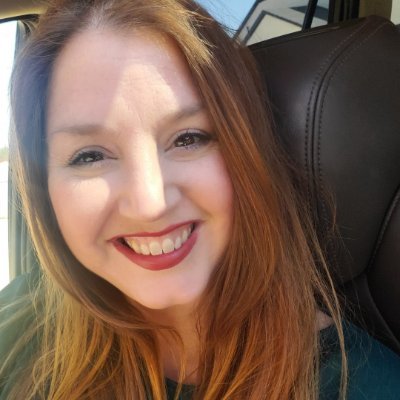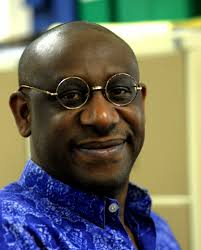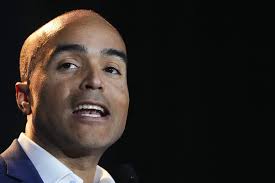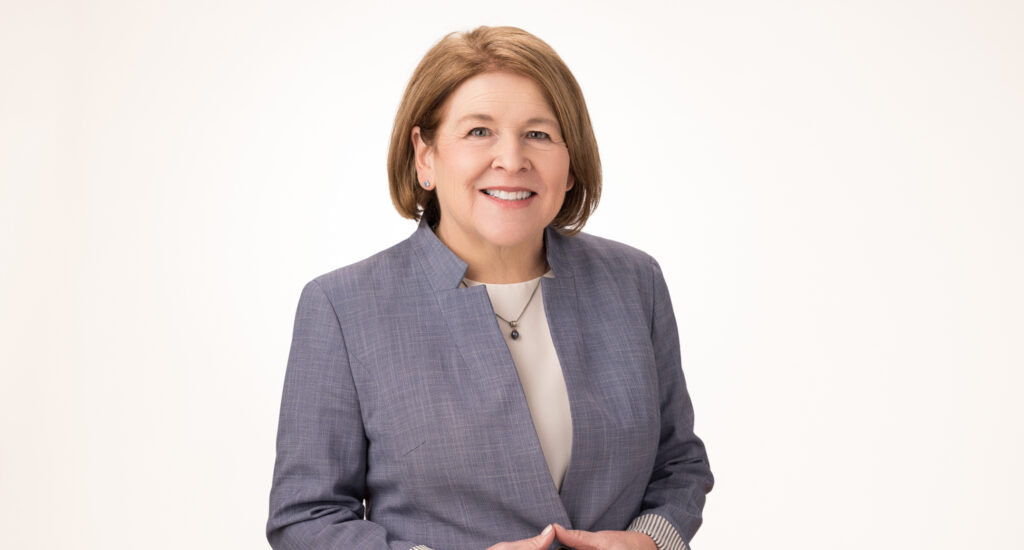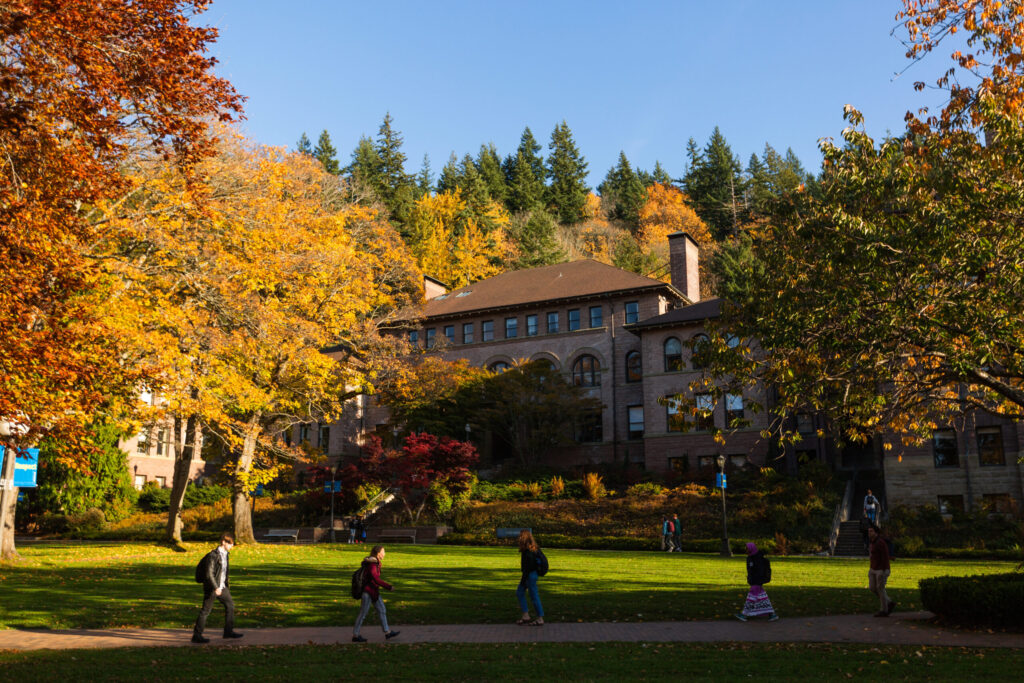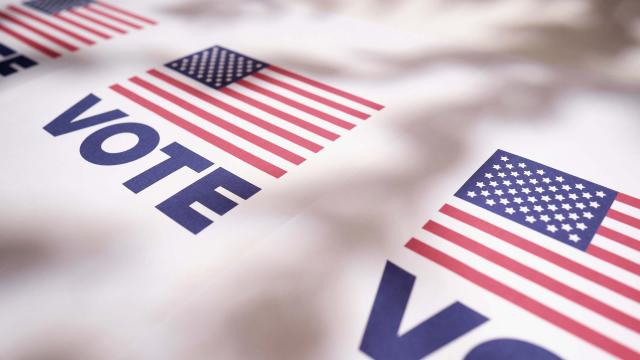The ‘invincible empire’ on Riverside Avenue
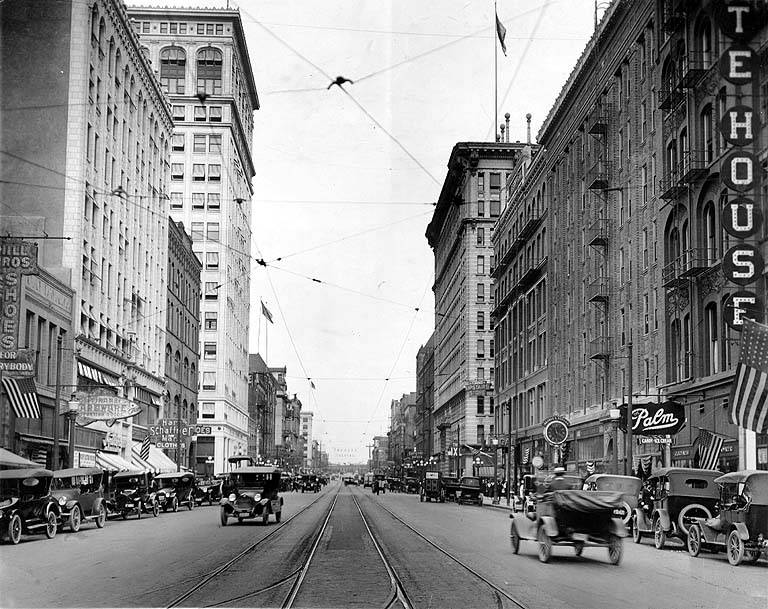
During the 1920s and 1930s, Spokane’s Riverside Avenue was more than a bustling hub of downtown commerce—it was also a shadowy stronghold for the Ku Klux Klan. Behind unassuming office doors, the “Invisible Empire” quietly orchestrated its activities, embedding itself within the fabric of the city’s political and social institutions
SPOKANE
In the 1920s and 1930s, the Hyde Building on W. Riverside Avenue served as the headquarters for Spokane Ku Klux Klan. This building, located in the heart of downtown, also housed offices for the US District Court in Spokane. The Klan used official letterhead with this address and held private meetings there to expand their influence not only in the Spokane area, but throughout Washington as well.
The Ku Klux Klan experienced a resurgence in the United States during the post-World War I period, and Spokane was no exception. At its height within Washington, the Klan boasted 40,000 paid members (approximately 1 out of 10 eligible native-born men in the state between the ages of 21 and 79).
According to a July 1921 article in Spokesmen-Review, the KKK distributed a printed copy of their creed, promoting the values of “white supremacy, limitation of foreign immigration, a closer relationship of pure Americanism, freedom of speech and press.” Nationally, the Klan capitalized on fears about immigration, changing social norms, and religious diversity, professing to uphold and defend “Americanism.”
Locally, the group targeted immigrants, Catholics, and African Americans. One of their largest public events in Spokane was a rally in 1923 on Five Mile Prairie, where a 40-foot flaming cross was lit following a parade of over 200 cars. The Spokane Daily Chronicle reported that 50 new members were initiated during the event.
Prominent local figures played leadership roles in the Spokane Klan, as well as the statewide Klan. Reverend C.A. Rexroad of Corbin Park Methodist Church was the “Exalted Cyclops,” or head of the Spokane Klan, during the early 1920s. His public position as a pastor helped recruit new members. In the late 1920s, E.B. Quackenbush, a Spokane attorney, rose to the position of “Grand Dragon” for the entire Klan in Washington State. These two men were well acquainted. Coincidentally, in a 1924 lawsuit, Quackenbush represented Rexroad in a civil suit. Quackenbush’s influence extended beyond Spokane; in 1929, he was honored with a ceremonial key to the city of Bellingham by the town’s mayor. These leaders used their positions to strengthen the Klan’s presence and influence throughout the region.
The Klan’s activities in the Spokane area included inflammatory speaking events at local high schools, rallies, and initiation events, as well as more covert forms of intimidation, such as threatening letters. One such note was sent to Black residents in 1921 warning them to leave the city. The Klan publicly denied responsibility in the local press, but incidents like this contributed to their reputation for spreading fear and division.
Spokane’s African-American community actively resisted the Klan’s influence. Anchored by churches like Bethel African Methodist Episcopal and Calvary Baptist Church, the community organized to protect their rights. Political groups such as the NAACP and the Spokane County Colored Republican Club provided additional support. In one notable case, when a local drugstore denied service to Black patrons, the community challenged the discrimination in court and won a ruling affirming their right to equal treatment.
Additionally, the Spokane Chronicle reported in July 1921 that “colored citizens of the city will meet to form the ‘colored citizens protective community.’ Rev. T. F. Jones of the Bethel A. M. E. church was quoted in the article, declaring “we consider this action necessary because of rumors that a branch of the KKK is being formed in Spokane. We believe we must present a united front if the rights of the colored population are to be protected.”
The Klan’s efforts to expand were challenged not only by the African-American community but also by local officials and media. Spokane’s newspapers reported critically on the Klan’s activities, while some city leaders worked to prevent the group from gaining more political influence. Indeed, in a 1921 editorial published in the Spokane Press, an anonymous author wrote “Why should any person who intends to behave lawfully join the Ku Klux Klan…We don’t want any Ku Klux Klan!” The Klan’s tactics often backfired, as public backlash grew against their extremist behavior – especially with the statewide defeat of a 1924 initiative targeting Catholic schools in Washington.
By the early 1930s, the Klan’s power in Spokane began to decline. National scandals surrounding the organization, internal corruption, and the economic pressures of the Great Depression weakened the Klan. Membership dropped sharply by the World War II era, and their public activities in the Pacific Northwest became less frequent. In Spokane, the combination of organized public opposition (especially from local marginalized groups) and shifting public priorities limited the Klan’s reach.
The story of the Ku Klux Klan in Spokane reveals how hate-fueled organizations manipulated societal anxieties to gain social influence and political power. At the same time, it highlights how the resilience and unity of those who opposed them demonstrated the enduring strength of compassion and community in overcoming fear.



